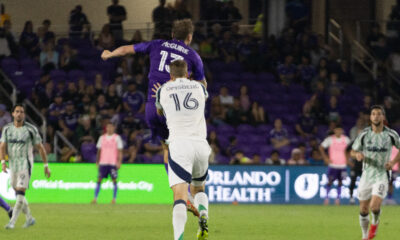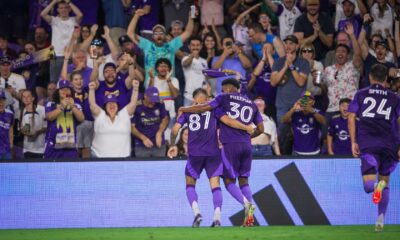Orlando City
Ranking the Best Attacking Seasons by Orlando City Players
Which offensive player had the best attacking season for Orlando City in recent years?
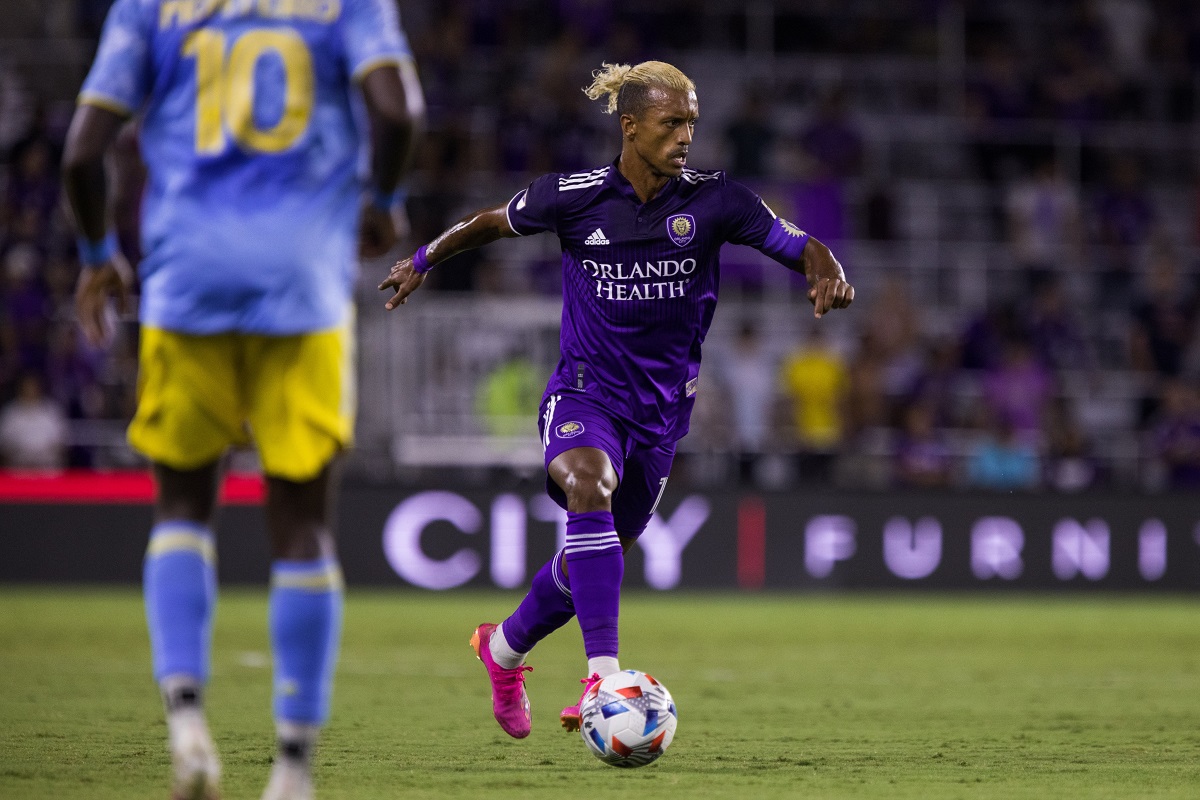
I spend a lot of time thinking about ways to quantify soccer players and soccer teams, because even though I love soccer purely as a game, I am always thinking about how to measure what I see as well. There is a scene in the movie Moneyball in which Brad Pitt, acting in the role of Oakland A’s General Manager Billy Beane, says that he does not even watch the games. In his eyes, he has done all the analyzing and put the team in the best situation in which to succeed, but the games are random, so he does not even watch.
I will never reach the point where I would rather just look at the statistics to see what happened as opposed to watching the games, but I will also never stop trying to figure out ways to channel Tina Turner and figure out who is simply the best. And so, while we are still in off-season mode and do not have any new games to look at, I thought I would look at something that is always enjoyable: offensive attacking players.
ESPN soccer writer Ryan O’Hanlon, a favorite of mine, recently wrote an article ranking the top 100 men’s attacking players in Europe based on data. In that article, he created a formula for how he ranked the players, and I took that formula and applied it to MLS. His formula is pretty simple, as it has four inputs:
- Goals
- Expected Assists
- Progressive Carries
- Progressive Passes
The idea is to find the players who put the most pressure on a defense, and who puts more pressure on a defense than a player who scores goals, completes passes to teammates in scoring positions (regardless of whether they actually score or not), carries (dribbles) the ball at least 10 yards towards the goal in the attacking half of the field, or completes passes of 10 yards or more towards the goal in the attacking half of the field?
Basketball coaches always talk about being in “triple threat” position when you receive the ball, as you want to be able to dribble, pass, or shoot, and while scoring in soccer is slightly different than basketball, the idea is still the same — goals are created by players dribbling, passing, or shooting.
O’Hanlon’s formula is the following: Goals Scored + Expected Assists + 0.0113 (Progressive Carries + Progressive Passes)
I know there is an obvious question when you see this formula, and that is about how did he arrive at the 0.0113 value. Looking at the 2022 and 2023 seasons in Europe’s top leagues, he determined that a goal was scored per every 88.44 progressive actions, and so, as I know all of you just did in your head, one goal per 88.44 progressive actions = 1 divided by 88.44 = 0.0113. Actual goals scored and passes completed to teammates in shooting positions are valued much more highly than just attacking dribbles and forward moving passes, but if we are looking to find out who is attacking during each game I liked how he laid out his reasoning for what he called his version of a soccer “game score,” modeled after a concept created by the father of sports analytics, Bill James, for starting pitchers in baseball.
For those of you still awake, it is now about to pay off, because now we will look at Orlando City’s players going back to 2018, the first year Opta started tracking expected assists and progressive carries and passes for MLS. We will look at this statistic in two different ways: once as an overall score, which favors the players who played in more games and therefore contributed more attacking plays, and then we will normalize all the data on a per-90-minute calculation, to see who made the most of their minutes on the field.
Without any further ado, and without any Freddy Adu, your top 10 Orlando City attacking players since 2018 by their aggregated full season game scores (reminder that the 2020 MLS season was 23 games instead of 34; all data from fbref.com):
| Player | Season | Season Game Score | Rank in MLS | MLS Best that Season |
|---|---|---|---|---|
| Nani | 2019 | 22.0 | 8 | 50.7 |
| Facundo Torres | 2023 | 20.9 | 10 | 31.1 |
| Facundo Torres | 2024 | 20.0 | 21 | 32.6 |
| Facundo Torres | 2022 | 17.4 | 25 | 33.7 |
| Duncan McGuire | 2023 | 16.3 | 26 | 31.1 |
| Nani | 2021 | 16.2 | 26 | 26.6 |
| Sacha Kljestan | 2018 | 15.6 | 46 | 38.0 |
| Chris Mueller | 2020 | 14.8 | 11 | 21.8 |
| Yoshimar Yotún | 2018 | 14.7 | 53 | 38.0 |
| Dom Dwyer | 2018 | 14.3 | 58 | 38.0 |
I cannot say that I am surprised that Nani and Facundo Torres lead the way for Orlando City attacking players. They both played a lot of minutes and had a lot of the ball during their time in purple, and they are two of the best offensive players to ever play for the Lions. Data for expected assists and progressive actions was not available in Kaká’s era, but had it been, I am sure he would have made this list as well. The player who likely would have benefitted the most, however, is Cyle Larin, as even with no available data for expected assists or progressive actions, he would have ranked fifth with just his 2015 season tally of 17 goals.
Any metric that heavily weights goals favors forwards, as they usually score the most goals, as evidenced by the fact that Harry Kane led all of the major European leagues (England, France, Germany, Italy, and Spain) in 2024 with a score of 44.0, and Denis Bouanga led MLS at 32.6. Looking at Orlando City though, it is quickly evident that the team has primarily been led by attacking midfielders as opposed to forwards when it comes to the attack. Larin might have passed Nani for the single-season lead had there been other data for him, but perhaps not, as he was a finisher and not someone who was involved as much in the buildup.
The last item around the aggregated season-long totals is to look at how far away Orlando City’s leading players always were as compared to the MLS leader. The Lions have only averaged 1.5 goals/game or more (in MLS regular season play) during five of their 10 seasons, and only at least 1.7 twice. Larin remains the only player to score more than 14 goals in a regular season, and so for any metric where goals are heavily weighted, like this one, which is attempting to evaluate attacking production, Orlando City’s individual players will often lag far behind those from other teams, even though the full team has been successful in recent years.
We could also look at this data in a different way, and instead of looking at the aggregated scores for the season, which benefits those who play the most minutes, look at per-90-minute game scores instead. In many cases I prefer to normalize the data and evaluate everyone not on totals but by looking at per-90 statistics, but in this case I will present the per-90 data, but I think the raw data matters more, because I wanted to see who had the best overall attacking season, and overall production matters more than per-minute production in this case. If you disagree, I will happily entertain your reasoning in the comments.
Looking at game scores normalized per 90 minutes, Orlando City’s top 10 since 2018 looks as follows (among players who played at least 500 minutes in a season):
| Player | Season | Game Score/90 | Rank in MLS | MLS Best that Season |
|---|---|---|---|---|
| Duncan McGuire | 2023 | 1.06 | 5 | 1.11 |
| Chris Mueller | 2020 | 0.91 | 9 | 1.15 |
| Nani | 2019 | 0.87 | 13 | 1.67 |
| Nani | 2021 | 0.80 | 21 | 1.24 |
| Benji Michel | 2020 | 0.80 | 21 | 1.15 |
| Facundo Torres | 2023 | 0.79 | 24 | 1.11 |
| Nani | 2020 | 0.79 | 23 | 1.15 |
| Ramiro Enrique | 2024 | 0.78 | 30 | 1.62 |
| Daryl Dike | 2021 | 0.76 | 27 | 1.24 |
| Chris Mueller | 2019 | 0.76 | 34 | 1.67 |
Some of the same full-season leaders are on this list as well, but we also see the entrance of several players who rarely had the burden of being expected to play a full game. McGuire, Benji Michel, and Ramiro Enrique were more supersub or rabbit-type players who started with the expectation of going around 60 minutes or came off the bench for the final third of the game. While they had to be productive to make the top 10 ranking, their smaller sample size of minutes helps them on a per-90-minute calculation.
The Money Badger, Chris Mueller, makes this list twice, and while his post-Orlando City career has likely not been what he hoped, I wonder whether I did not appreciate how well he performed while a Lion. Torres played a lot of minutes during all three of his seasons with the club, and so while he racked up counting numbers (which it is important to note are what matters when trying to win games), his per-minute performance knocks two of his three seasons out of the top 10 (2024 was 16th and 2022 was 24th). Nani remains elite, whether by totals or per-minute calculations, and McGuire’s 2023 season moves to the top for Orlando City. That season ranked fifth in 2024 and 33rd overall among all MLS seasons since 2018, and makes it hurt all the more that he will be out for a few months to start the 2025 season.
It sure would be nice to have some more attacking options joining the team for 2025 with McGuire’s injury and Torres’ departure. I am just saying. Loudly.
This article is about Orlando City, but I wanted to briefly flip to the Pride to note that Barbra Banda’s 2024 full-season game score was 19.2 in a season that had eight fewer games than a standard MLS season. Banda ranked second in the league in overall game score and game score per 90 minutes, which for her was 1.04. That darned Temwa Chawinga (26.6 total, 1.12 per 90) of the Kansas City Current beat her out for both the total and per-90 lead.
As with any metric that tries to pull in different parts of a player’s performance, nothing is perfect, and any measurement formula could be tweaked until the lions sleep at night. In looking at how the results shook out across the major European leagues in O’Hanlon’s original article and in my own application to MLS, I found that the rankings seemed to work to push players who pass the eye test and the math test (my favorite test, to the surprise of no one) to the top of these charts.
I plan to continue to look at this metric, among others, throughout the 2025 season to see how Orlando City and the Orlando Pride’s players are performing. I hope to see players in purple at the top of the charts, though at this point I am more confident in those being Pride players than Lions. With every week that passes, we get closer to the 2025 season, and comparing predictions and hopes to actual results, and I am as excited as ever for the new seasons to start.
Vamos Orlando!
Orlando City
Orlando City Striker Duncan McGuire Undergoes Shoulder Surgery
It’s the other shoulder this time, but Big Dunc is on the shelf for awhile again after undergoing surgery.
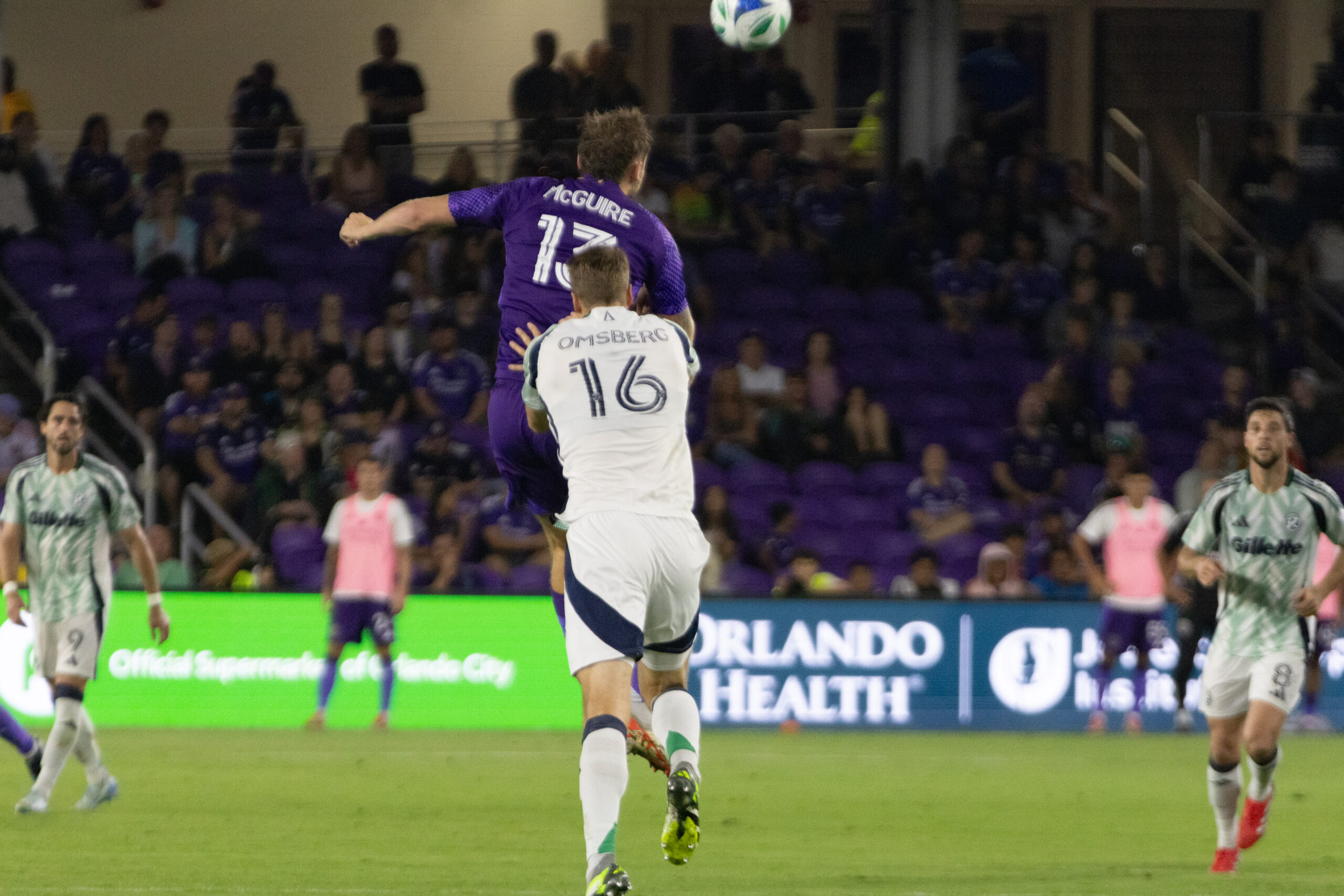
Orlando City announced today that Duncan McGuire has undergone arthroscopic surgery to repair the labrum in his left shoulder. The surgery was performed by Orlando City Chief Medical Officer Dr. Craig Mintzer of the Orlando Health Jewett Orthopedic Institute performed the surgery. Mintzer previously repaired the labrum and rotator cuff in McGuire’s right shoulder back in December for an injury he sustained in Orlando City’s playoff match against Charlotte FC Nov. 9 when he was pulled down by Djibril Diani.
The club’s press release said the 24-year-old striker’s return to play is expected “later this year.” The recovery given for his right shoulder surgery in late 2024 was listed as four to five months, but McGuire was able to come back and play much earlier than expected, appearing for the first time in 2025 in Orlando’s March 15 against the New York Red Bulls — at least a month before the earliest initial projection — however, this time there was no mention of damage to the rotator cuff.
Regardless, the Lions will be without the big target striker for a considerable amount of time.
McGuire had appeared in 12 matches during the regular season in 2025, starting three and scoring one goal and adding an assist. His goal came recently, serving as the game winner in Orlando’s 1-0 home victory over the Portland Timbers on May 24. He was recently listed as questionable on the club’s availability report ahead of the team’s most recent match against the Chicago Fire.
Orlando City drafted McGuire in the first round (No. 6 overall) in the 2023 MLS SuperDraft. After a breakout rookie campaign, in which the Omaha, NE native scored 14 goals, he was courted by several teams in Europe, signing with Blackburn Rovers, only to see the transfer rejected by the English Football League due to an administrative error by the EFL Championship club. After returning to Orlando, McGuire signed a new deal on Aug. 22 to remain a Lion. The new contract runs through 2027 with a club option for 2028. McGuire scored 10 goals and added three assists in 2024. For his Orlando City career, McGuire has appeared in 88 games (46 starts) across all competitions, scoring a total of 28 goals to go along with seven assists.
What It Means for Orlando City
McGuire appeared to be just finding his form, so this injury is unfortunate. The club didn’t put a timeline on McGuire’s recovery this time, but shaving a little off his 2024 recovery estimate, it’s likely that he’ll be out until at least some time in September.
Oscar Pareja has been favoring a 4-4-2 with Luis Muriel and Martin Ojeda up top in recent weeks, with Ramiro Enrique — who is also finding his form — typically spelling one of them when needed. Not having McGuire will affect Pareja’s late-game substitution pattern when Orlando is trailing, as he likes to put Enrique and McGuire both on the field when chasing the game. It also takes the team’s best target striker option out of the lineup when dealing with back lines with lots of height.
McGuire brings size and strength and an ability to occupy center backs that others on the roster can’t replicate. There are times when Enrique’s game is better suited to the opponent, but without McGuire there will be no ability to pivot. With Jack Lynn’s off-season retirement, that leaves the striker pickings mighty slim on the Orlando City bench. That might change Ricardo Moreira’s approach to the MLS Secondary Transfer Window.
Losing a scorer of McGuire’s caliber is always difficult, but this season it could be the difference between finishing high in the table and simply getting into the postseason in a strong Eastern Conference field.
Opinion
Orlando City Must Learn from May’s Mistakes
The Lions can learn some valuable lessons from the three losses they suffered in May.
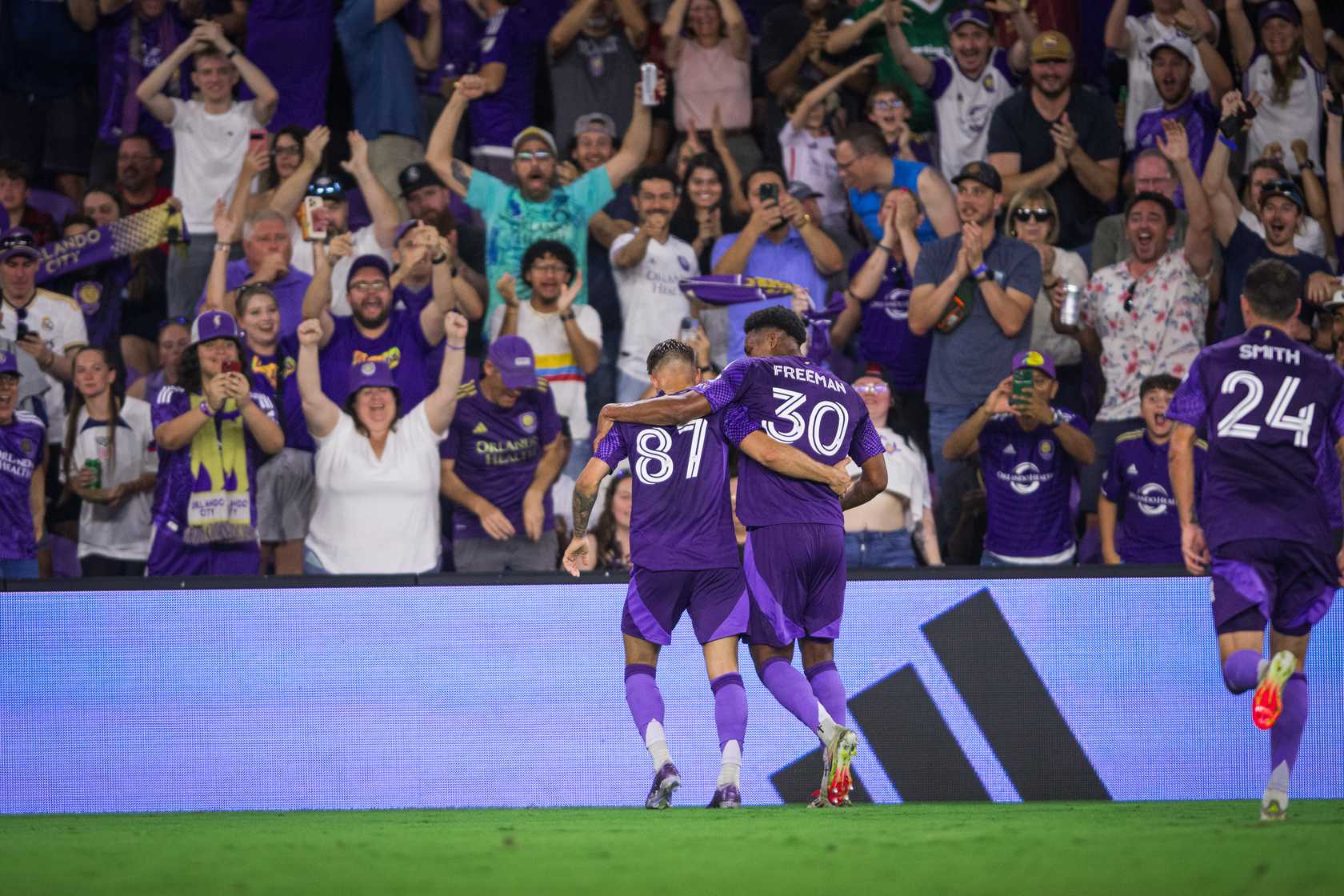
Orlando City hadn’t quite achieved juggernaut status as the Major League Soccer season turned from April to May, but a 12-match unbeaten run in the league is nothing to sniff at, despite there being a healthy number of draws interspersed with the victories. Things turned sour as May drew to a close though, as the Lions lost three of their final four matches of the month and entered a two-week break with a whimper rather than a roar.
Losing is never fun, but in this case those three defeats don’t need to be entirely negative experiences, and there are plenty of lessons to be learned from those three bitter losses that will hold Orlando in good stead if it can implement the proper solutions.
More Squad Rotation
One of the biggest factors in Orlando’s rough finish to May was a lack of squad rotation. Oscar Pareja has always been a coach that likes to find his first-choice XI and stick to it almost religiously. He doesn’t normally tweak his lineups or tactics according to whatever opponent is on the slate, and very much values consistency. In periods of fixture congestion, that tendency can be to Orlando’s detriment, and that was very much the case against both Nashville SC and the Chicago Fire.
After beating Inter Miami 3-0 in an emotional rivalry match on May 18, Pareja made just one change for a U.S. Open Cup match against Nashville SC three days later. Ramiro Enrique slotted in for Luis Muriel up top, but every single other starter from the Miami game also got the nod midweek. With Nashville deploying a heavily rotated lineup mostly filled with backups, the gamble was a simple one: hope that OCSC’s A-team can open up a big first-half lead against Nashville’s B-squad before bringing mass changes in the second half to get guys some rest. Hindsight is, of course, 20/20, but the strategy backfired badly as the Lions lost 3-2. Orlando started well with Marco Pasalic’s 17th-minute strike, but the team faded badly afterwards and gave up a couple of very uncharacteristic goals to lose the game. Lapses in concentration and tired defending cost OCSC the game, and that isn’t something we can normally say about this team.
Then, after losing to Atlanta United 3-2 on May 28 due in no small part to Cesar Araujo’s red card, Pareja made two changes for a match against the Chicago Fire on May 31, with Muriel coming in for Enrique, and the other change being a forced one, as Eduard Atuesta replaced the suspended Araujo. Those starters looked noticeably gassed during the resulting 3-1 loss, and the fatigue manifested itself by players missing chances that would normally be converted or in sloppy, mistake-ridden defending.
May was a packed month with a whopping nine matches in 31 days, and most months won’t be that busy. August is set to be the busiest remaining period of the year with six games in 31 days, although that number could rise higher if the Lions make a run in Leagues Cup. The bottom line is that guys are going to need more rest as the season goes on. If the coaching staff doesn’t trust some of the guys currently available as backups, then they need to dip into the transfer market in one way or another and get some players that they do trust, because if the starting XI gets run ragged during busy periods it’s going to cost Orlando, plain and simple.
Cool Heads Usually Prevail
Orlando City has received three red cards on the season, which is tied for the second-most in the league. Unsurprisingly, the Lions are winless in games in which they’ve had a man sent off, with draws against the New York Red Bulls and CF Montreal and a loss to Atlanta United. The results against the Red Bulls and Atlanta were particularly difficult to swallow, as before going down to 10 men, Orlando had looked on track to get three points in each game.
Araujo’s red card against Atlanta was especially frustrating, as he allowed Mateusz Klich to get under his skin, grabbed him by the throat, and reduced his team to 10 men when OCSC was nursing a 2-1 lead on the road. It was completely unnecessary and was also the sort of thing that Orlando had looked to put in the rearview mirror after keeping its collective composure and not picking up any bookings in the 3-0 road win against Miami, while the Herons picked up four and looked noticeably rattled in the process.
It should go without saying, but the Lions can’t afford to get key players sent off. Six extra points could make a big difference in the standings at the end of the year, and that number could rise even higher if OCSC can’t put its disciplinary issues to rest once and for all.
Focus for the Full 90
There were moments in each of Orlando’s three May losses that the team committed bad defensive lapses or mistakes. Whether it was not playing to the whistle on Nashville’s third goal, Atuesta’s bad turnover against Atlanta, or the Lions collectively allowing Chicago to stroll through midfield to score a third goal, there were plenty of examples of bad breakdowns that were largely absent during the team’s unbeaten run. Can some of that be attributed to tired minds and tired legs? Maybe so — it’s a lot harder to play crisp and focused when the minutes have piled up. Regardless, its something that can’t continue to happen going forward. It’s possible that having more rotation in the squad will help that a lot, but it’s also on the players on the field to stay as mentally sharp as they can when they’re out on the pitch.
Clearly, a recurring theme here is that fresh legs and balanced squad rotation are top of my list of things I want to see change. I’m all for riding the hot hands, but tired legs make for tired minds, and tired minds make mistakes and are easier to rile up. Whether reinforcements come from the bench or an outside source, using more bodies will go a long way towards solving some of the issues that we saw in May’s three losses. All we can do now is wait and see what happens once the team returns from its break. Vamos Orlando!
Lion Links
Lion Links: 6/6/25
Alex Freeman called up for Concacaf Gold Cup, Orlando Pride get ready for the Houston Dash, Orlando City B plays tonight, and more.
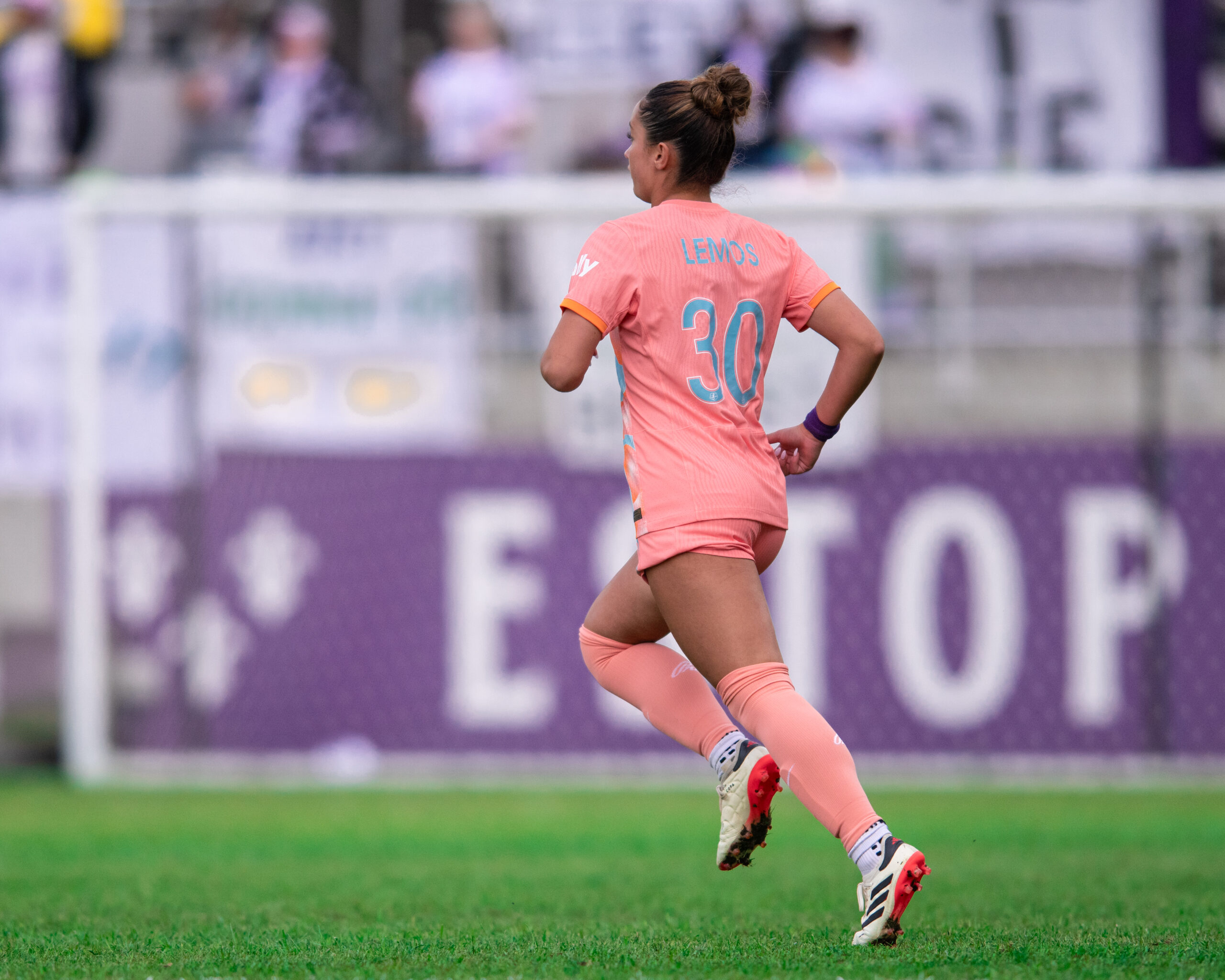
Happy Friday! I’ll be spending this weekend celebrating my birthday by beating my friends at mini golf with no mercy but still hope to catch some soccer over the next few days. I’ve also been on a bit of a movie kick and plan on catching Wes Anderson’s new flick at some point soon. But for now, let’s dive into today’s links!
Alex Freeman Called Up For Gold Cup
Orlando City defender Alex Freeman was officially called up by the United States Men’s National Team for the Concacaf Gold Cup this summer. He’s the only Lion who will be at the tournament and is one of seven uncapped USMNT players on the roster. The 20-year-old could receive more playing time than expected, as right back Sergino Dest is not on the roster so that he can recover over the summer. Left back John Tolkin was added to replace Dest, so Freeman has a real shot at making a claim for the position this month. The U.S. will take on Turkey Saturday in the first of two friendlies before its first Gold Cup match against Trinidad & Tobago on June 15.
Orlando Pride Prepares to Host the Houston Dash
With the international break for women’s soccer over, the Orlando Pride return to action Saturday with a home game against the Houston Dash. It should be a great opportunity for the Pride to ease back into the swing of things against a Dash team that’s only scored 10 goals this season. Pride midfielder Ally Lemos spoke on the benefit of being able to rest heading into this match while maintaining a winning mindset from a 3-1 victory on May 23.
Anna Moorhouse Called Up For 2025 Euros
Orlando Pride goalkeeper Anna Moorhouse was named to England’s final roster for the 2025 UEFA European Women’s Championship. She’s one of three goalkeepers on the squad following Mary Earp’s surprise retirement from international soccer, and she will likely compete with fellow uncapped player Khiara Keating for the backup position behind Hannah Hampton. Moorhouse has started in every game for the Pride this season and was an NWSL Goalkeeper of the Year finalist for her record-breaking season last year. England’s Euro run will begin July 5 against France before other group matches against the Netherlands and Wales.
Orlando City B Takes On Huntsville City FC
The Young Lions are riding high after a 2-1 win over Chattanooga FC and will take that momentum into tonight’s road match against Huntsville City FC. Midfielder Noah Levis scored his first career goal in that home win, with Justin Hylton providing the assist in his OCB debut. Orlando’s offense has been hot and cold this season but has a variety of attacking talent that can create chances in different ways. The Young Lions have only won once on the road, but a win tonight would lift them to third in the Eastern Conference.
Free Kicks
- FIFA Club World Cup action is coming to the City Beautiful this month and Orlando City legend Kaká spoke on how it’s nice for Orlando to host games.
- San Diego Wave Head Coach Jonas Eidevall was named NWSL Coach of the Month. The Wave were undefeated in May, winning three of their four matches to climb to second in the league standings.
- The NWSL will allow intraleague loans for all teams, with the players needing to consent to the move in order for it to happen. Denver and Boston’s expansion teams will have access to potentially over $1 million in Allocation Money starting on July 1 to build their rosters before the 2026 season.
- Atletico Madrid is reportedly close to signing American midfielder Johnny Cardoso from Real Betis.
- South Korea, Uzbekistan, and Jordan all qualified for the 2026 World Cup, while China was eliminated from contention. Australia beat Japan 1-0 and will qualify so long as it doesn’t lose heavily to Saudi Arabia on June 10.
- Spain beat France 5-4 in a wild game to reach the UEFA Nations League final against Portugal on Sunday. Lamine Yamal continues to take the world by storm, but a late rally by France nearly completed a comeback.
That’s all I have for you this time around. I hope you all have a fantastic Friday and rest of your weekend!
-
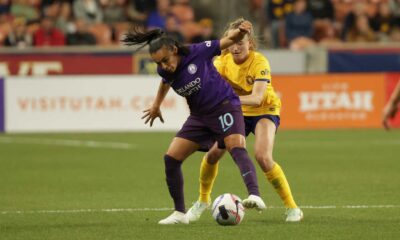
 Orlando Pride2 weeks ago
Orlando Pride2 weeks agoOrlando Pride vs. Utah Royals: Preview, How to Watch, TV Info, Live Stream, Lineups, Match Thread, and More
-
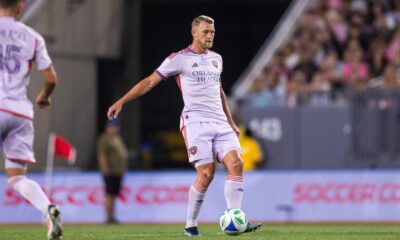
 Orlando City2 weeks ago
Orlando City2 weeks agoOrlando City vs. Portland Timbers: Preview, How to Watch, TV Info, Live Stream, Lineups, Match Thread, and More
-
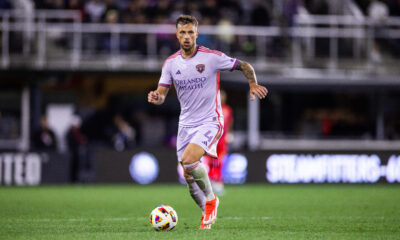
 Lion Links1 week ago
Lion Links1 week agoLion Links: 5/30/25
-
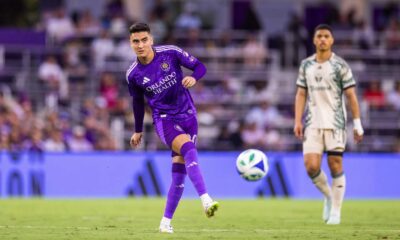
 Orlando City2 weeks ago
Orlando City2 weeks agoOrlando City vs. Portland Timbers: Final Score 1-0 as Lions Tie Club-Record 12-Game Unbeaten Streak
-
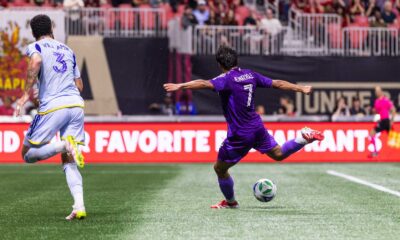
 Orlando City1 week ago
Orlando City1 week agoOrlando City vs. Atlanta United: Final Score 3-2 as Late Araujo Red Card Turns Orlando Lead into a Loss
-
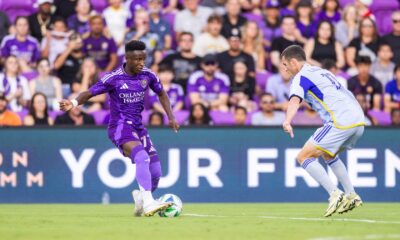
 Orlando City1 week ago
Orlando City1 week agoOrlando City vs. Atlanta United: Preview, How to Watch, TV Info, Live Stream, Lineups, Match Thread, and More
-
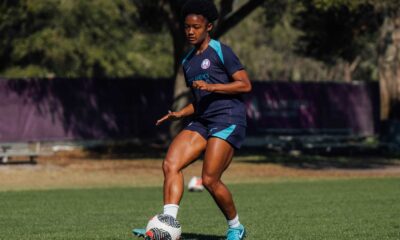
 Orlando Pride1 week ago
Orlando Pride1 week agoOrlando Pride Sign Forward Simone Jackson Through 2028
-
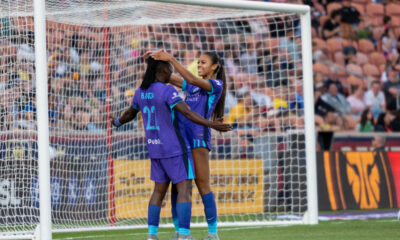
 Orlando Pride2 weeks ago
Orlando Pride2 weeks agoOrlando Pride vs. Utah Royals: Final Score 3-1 as Pride Win Behind Barbra Banda Hat Trick


